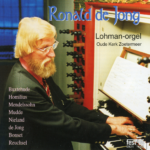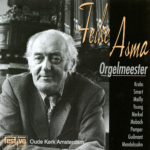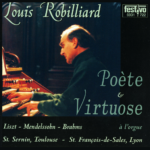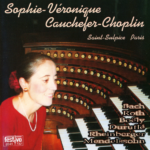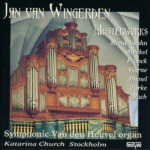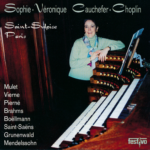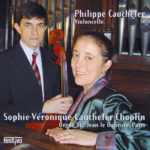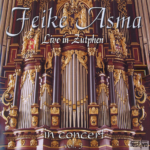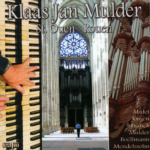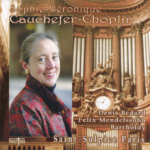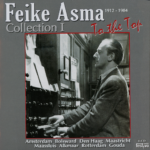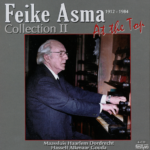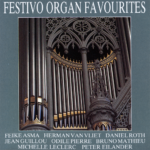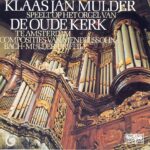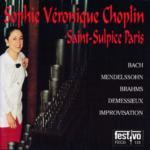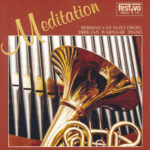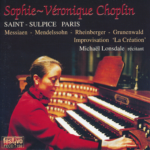Felix Mendelssohn Bartholdy
Felix Mendelssohn Bartholdy (1809-1847). ‘His organ playing is just like his piano playing: it seems one is listening to a master of ages past, who had been engaged in counterpoint his entire life and freely poured out during improvisations what others and younger ones could barely calculate on paper.’ Such was the opinion of flautist, composer and music theorist Johann Christian Lobe (1797-1881) regarding Felix Mendelssohn Bartholdy as an organist in the ‘Musikalische Briefe’ published in the ‘Allgemeine Musikalische Zeitung’. Whenever the occasion arose, Mendelssohn always seized the opportunity to take a seat at an organ manual. Surprisingly, according to official records he only gave two concerts in Germany. One reason could be the changing music scene, in which the organ would only play a modest role. Moreover, numerous churches and instruments had been damaged during the Napoleonic regime. ‘Gunpowder and cartridges have affected many pipes so badly that they have become useless’, Mendelssohn wrote about his visit to Breslau in 1823.
In England the situation was different and from 1829 onwards he travelled there ten times. English audiences did not only experience Mendelssohn as an inspired conductor and pianist, but were also able to attend his organ concerts regularly, during which they were impressed by him as an enthusiastic advocate of Bach’s organ works and also as an improvisator. In London he played the organ of St. Paul’s Cathedral several times. ‘Undoubtedly, Mendelssohn is the greatest organist ever to play in London’, critics reported. During his eighth journey to England in May 1844 he received two assignments from editors Coventry & Hollier. They asked him to subedit an edition of Bach’s organ works and to compose three voluntaries, short pieces in free style, to be played before or after Anglican worship services. Mendelssohn took up this task that same year, but from sketches which have remained it appears that he was not satisfied with them. Instead, he preferred the structure of a multi-movement work, so he changed courses and composed the six Sonatas opus 65.
These Sonatas, together with the three Preludes and Fugues opus 37 (1837), make up his major organ works. Both demonstrate a distinguished style influenced by Bach. Although Mendelssohn’s sound palette mirrors the lyricism which can be expected from the early Romantic he was, he maintained stricter rules of the sonata form than most of his contemporaries. His organ sonatas, demonstrating a freer style, became the Romantic equivalent of the sonata, which in the eighteenth century had developed from the seventeenth century sonata da chiesa (four-movement church sonata) and the sonata da camera (three-movement chamber sonata). By his use a chorale in three out of six of his sonatas, it is evident that the composer did not lose sight of his original task: writing music for church services. Although Mendelssohn intended to start his Fifth Sonata by a choral variation, he opted for a free chorale, not linked to any church hymn. The Andante con moto of this sonata is a quiet but smoothly flowing second movement. In the final movement, the Allegro maestoso, the changing of manuals is particularly remarkable.
